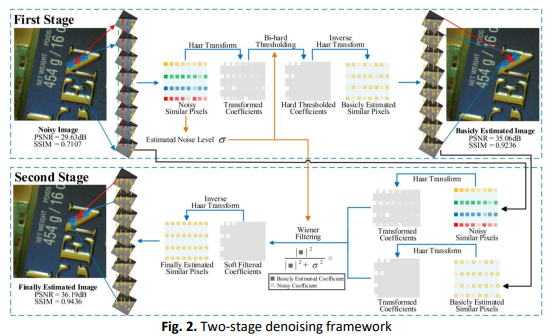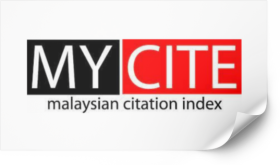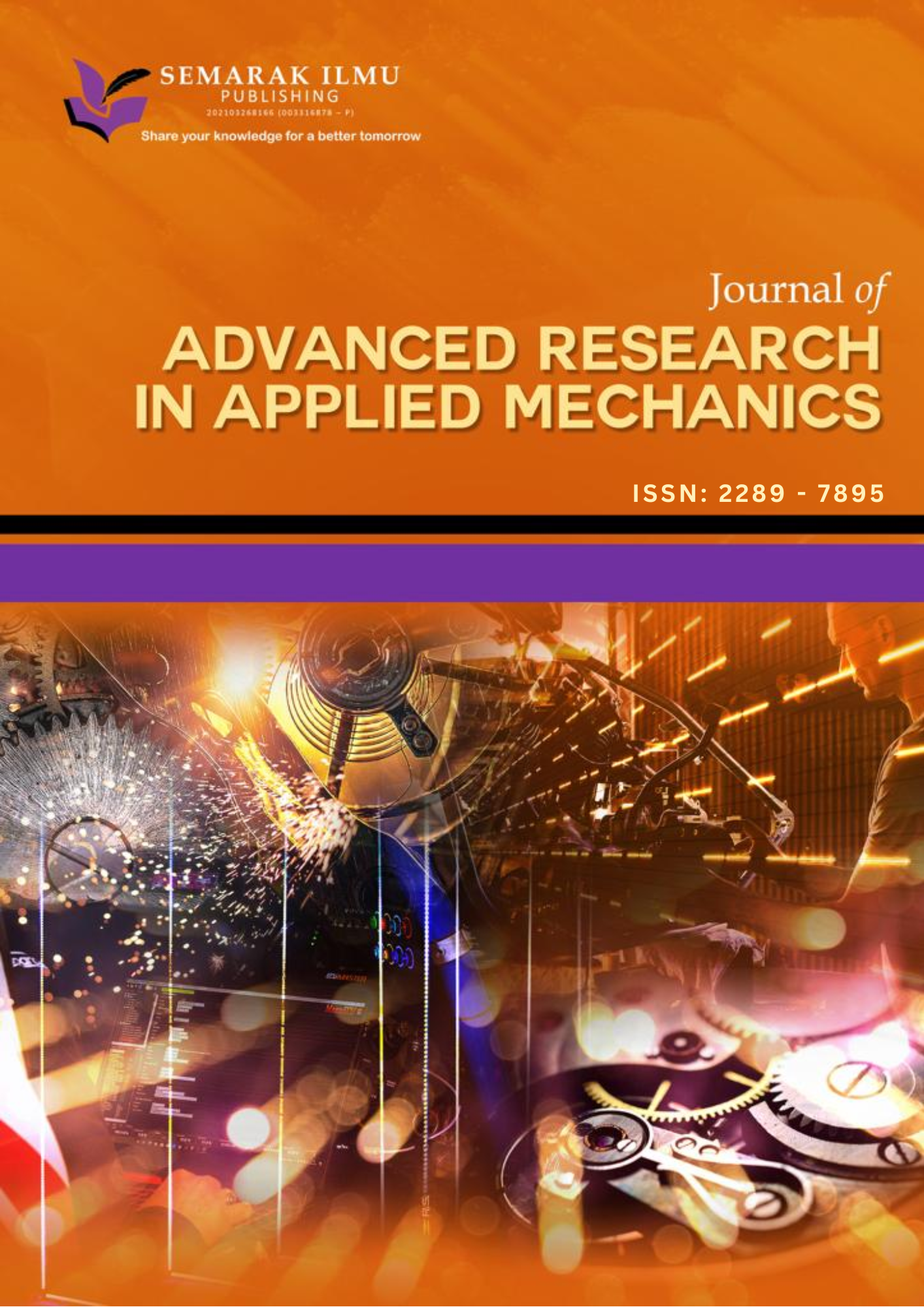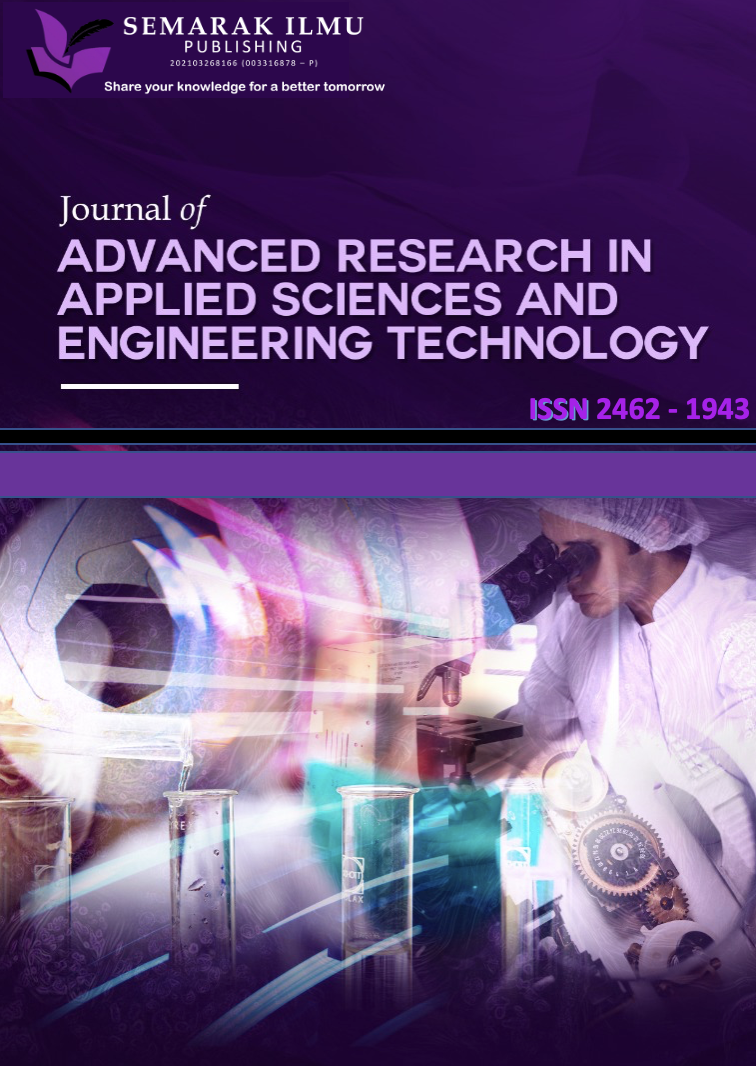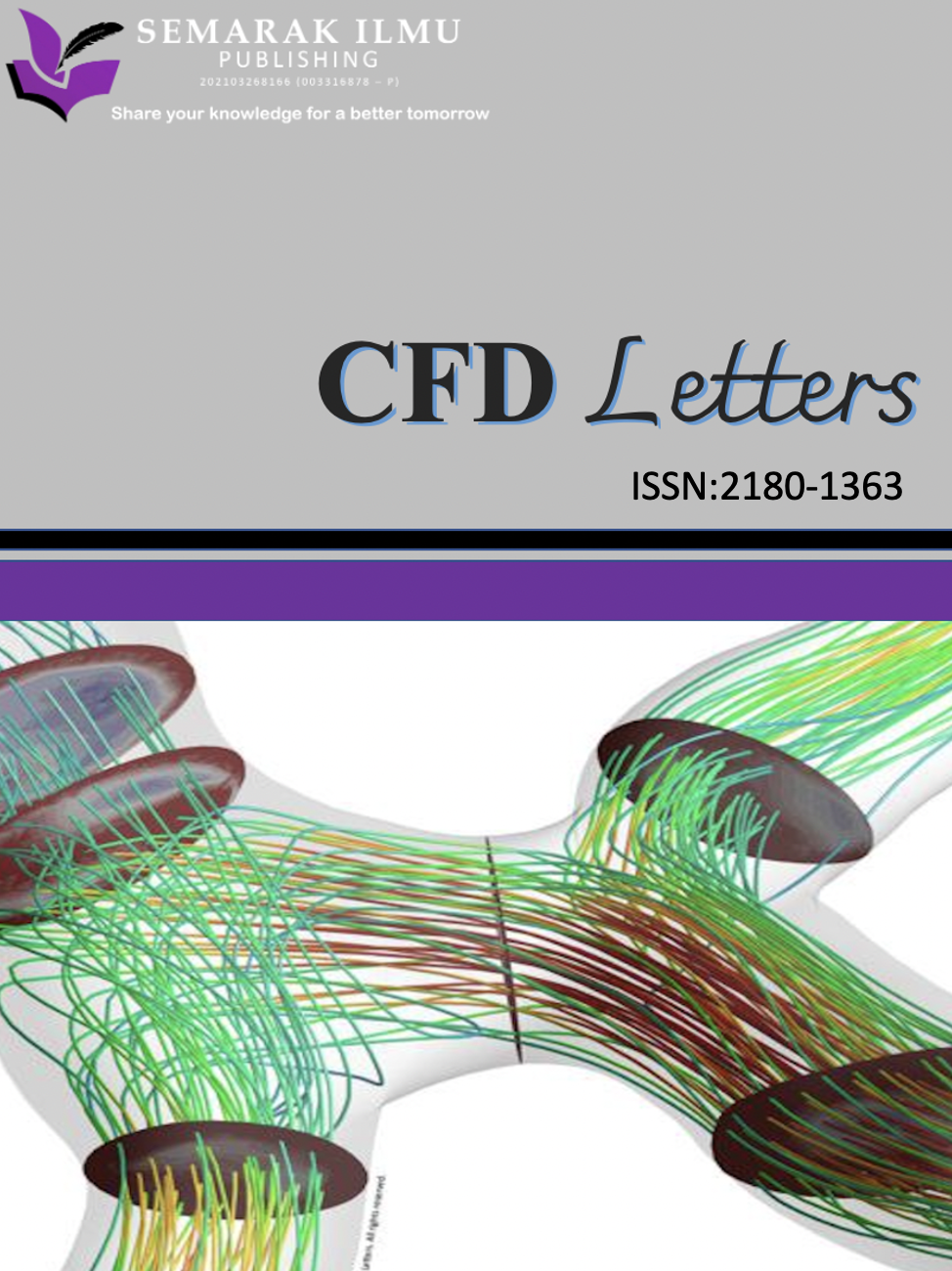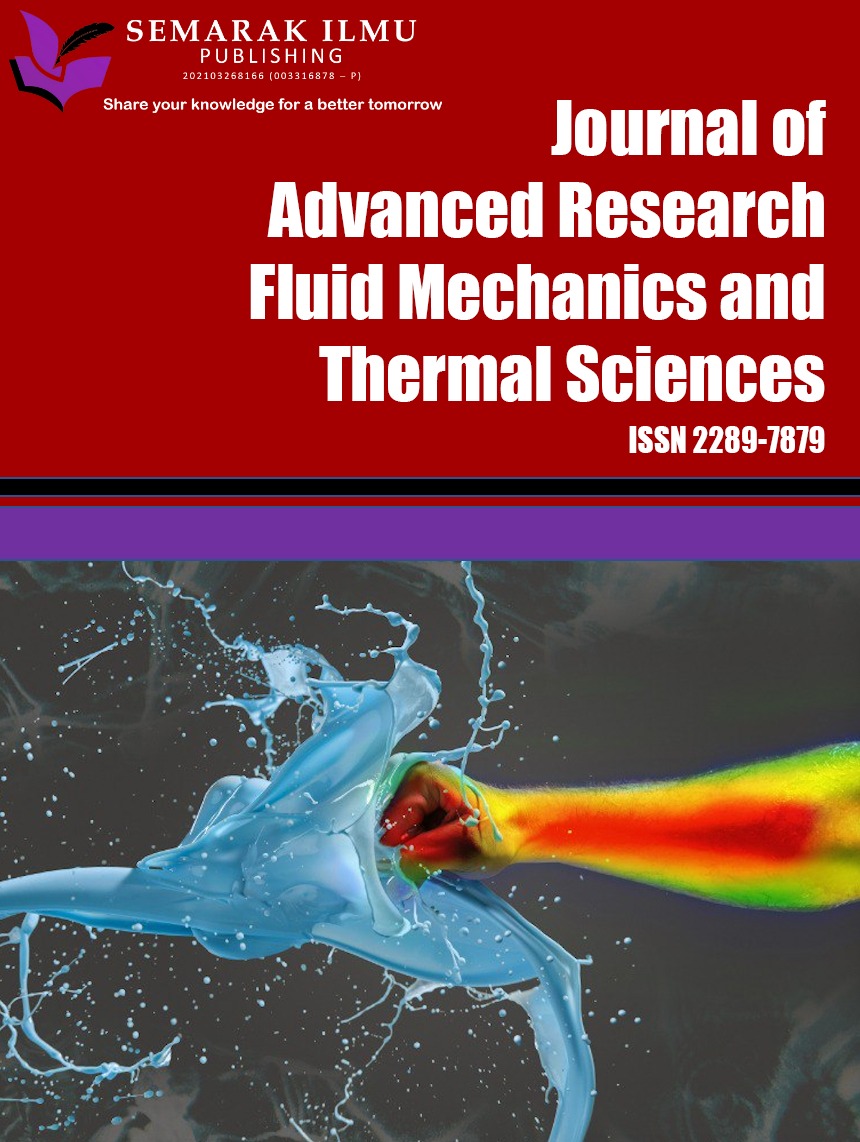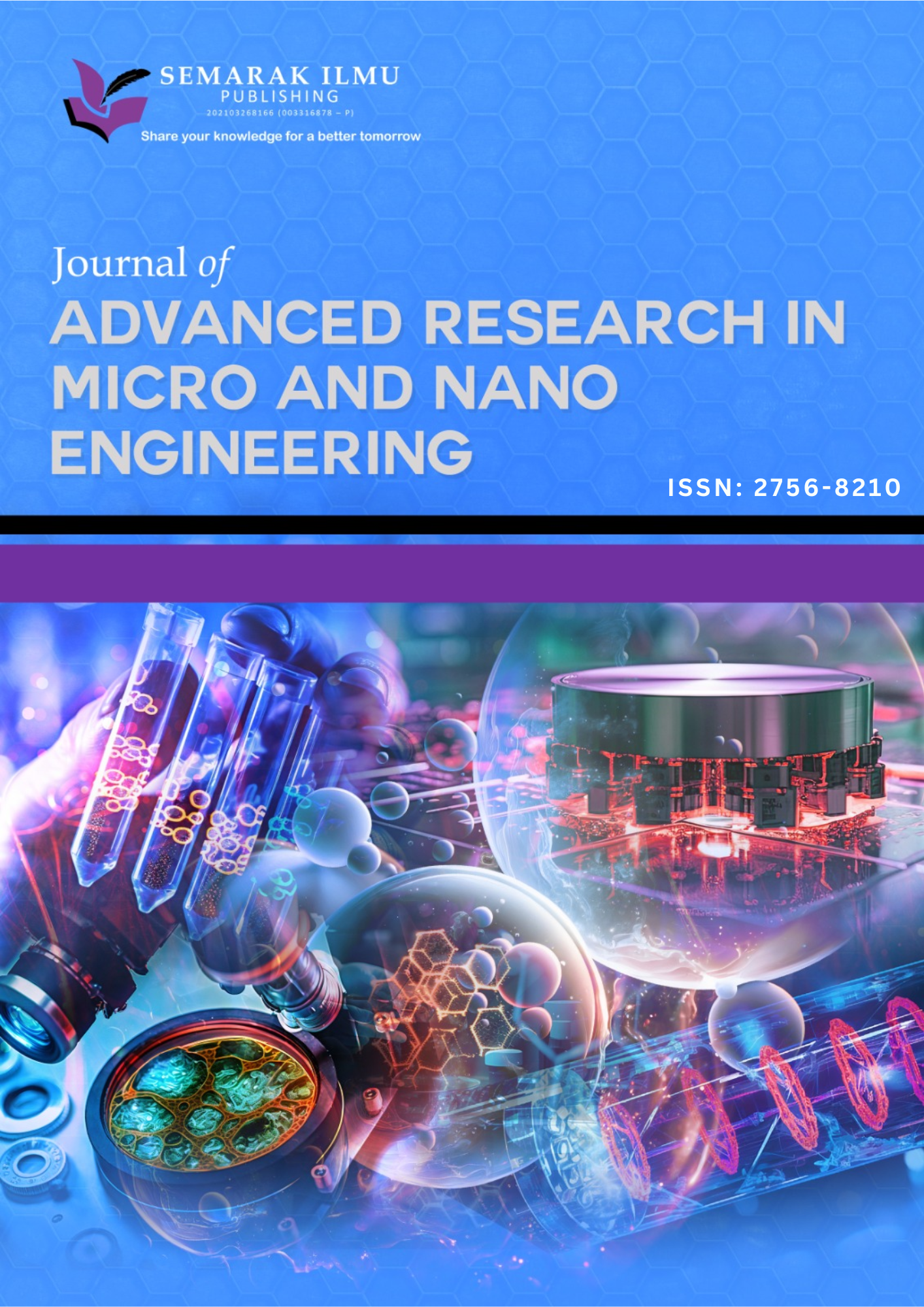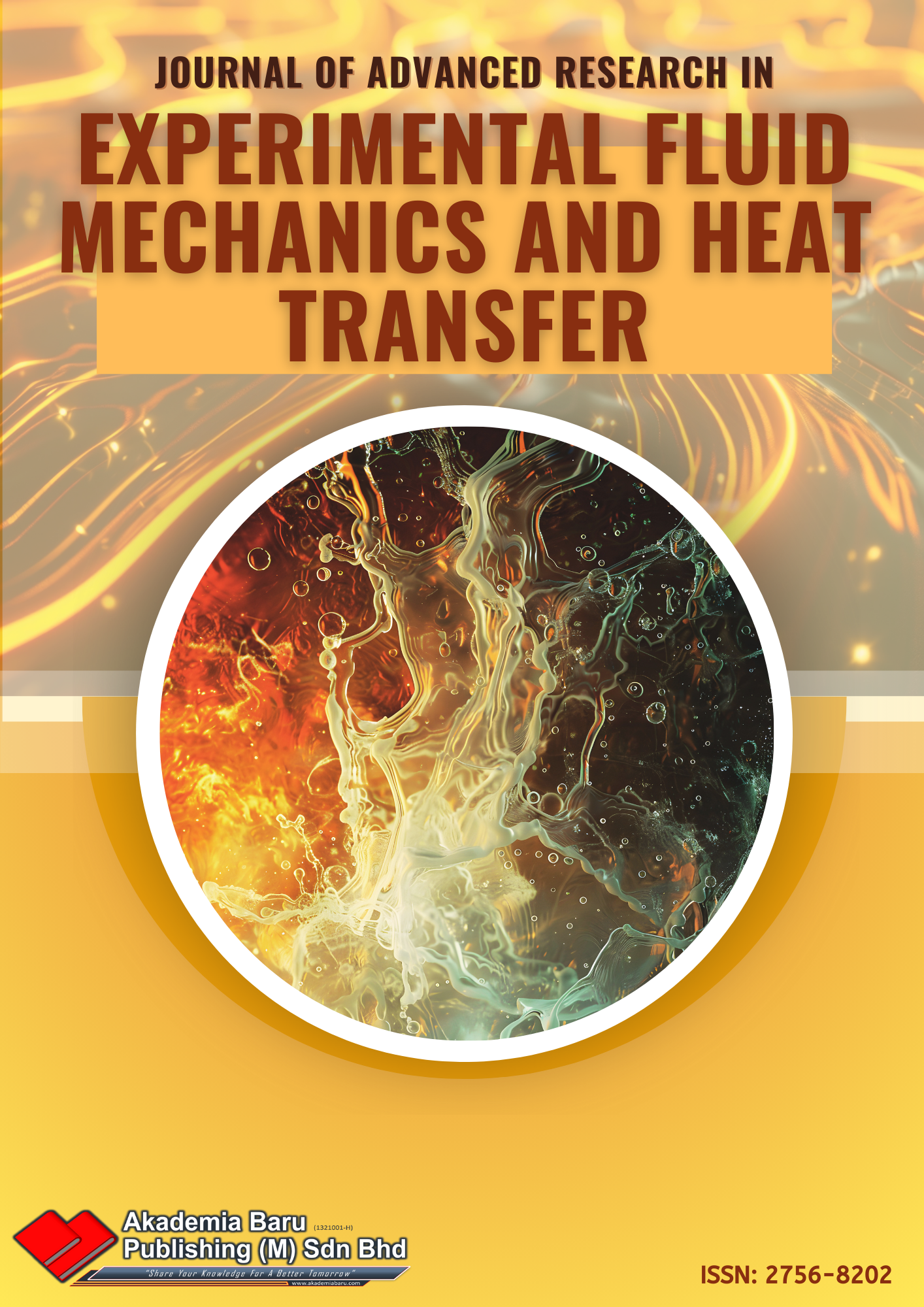Improved Colour Visualization in Pap Smear Images Based on HSV Channel Analysis
DOI:
https://doi.org/10.37934/ard.126.1.99120Keywords:
Pap smear, cervical cell, nucleus, contrast enhancement, denoiseAbstract
Cervical cancer is caused by abnormal cell growth in the female cervix. It is among the most well-known causes of women's deaths globally. Early detection of cervical cancer can reduce the mortality rate and increase the chance of survival. One of the most critical components of the auto-detection system is image pre-processing. The main factors that could influence the accuracy of the diagnosis are the Pap smear image quality and contrast. Therefore, this paper aims to analyse various approaches to ensure smooth segmentation and determine which pre-processing techniques are best for a nucleus auto-detection system. Two hundred images were used as input from the Herlev dataset. There are two pre-processing stages: noise removal and contrast enhancement. To preserve the colour, only the colour images' brightness (V) channel will go through the pre-processing. Without noise, the anticipated resultant image depicts only the object (nuclei and cytoplasm) and background. Results show that the median filter produces the best result regarding smoothening and debris removal in visual analysis. At the same time, Pairing Adaptive Gamma and Clipping Histogram Equalisation (PAGCHE) method produces the best brightness and contrast improvement results based on visual and quantitative analysis. The results were compared with anisotropic diffusion, Non-Local Haar (NLH), and bilateral filters in the denoise stage and histogram equalisation, contrast stretching, and Contrast Limited Adaptive Histogram Equalisation (CLAHE) for the contrast enhancement stage. The performance was evaluated based on mean, absolute mean brightness error (AMBE), standard deviation (STD), structural similarity index metric (SSIM), peak signal-to-noise ratio (PSNR), and entropy. The average PAGCHE shows the highest Mean and AMBE values at 148.07 and 21.96, respectively, while the STD value is the second highest compared to other methods at 60.4. The median filter produces the lowest SSIM score and low PSNR scores compared to the others but relatively high values at 0.71 and 15.38, respectively, with an entropy of 7.30, indicating a good noise removal ability that can be observed in visual analysis.
Downloads
